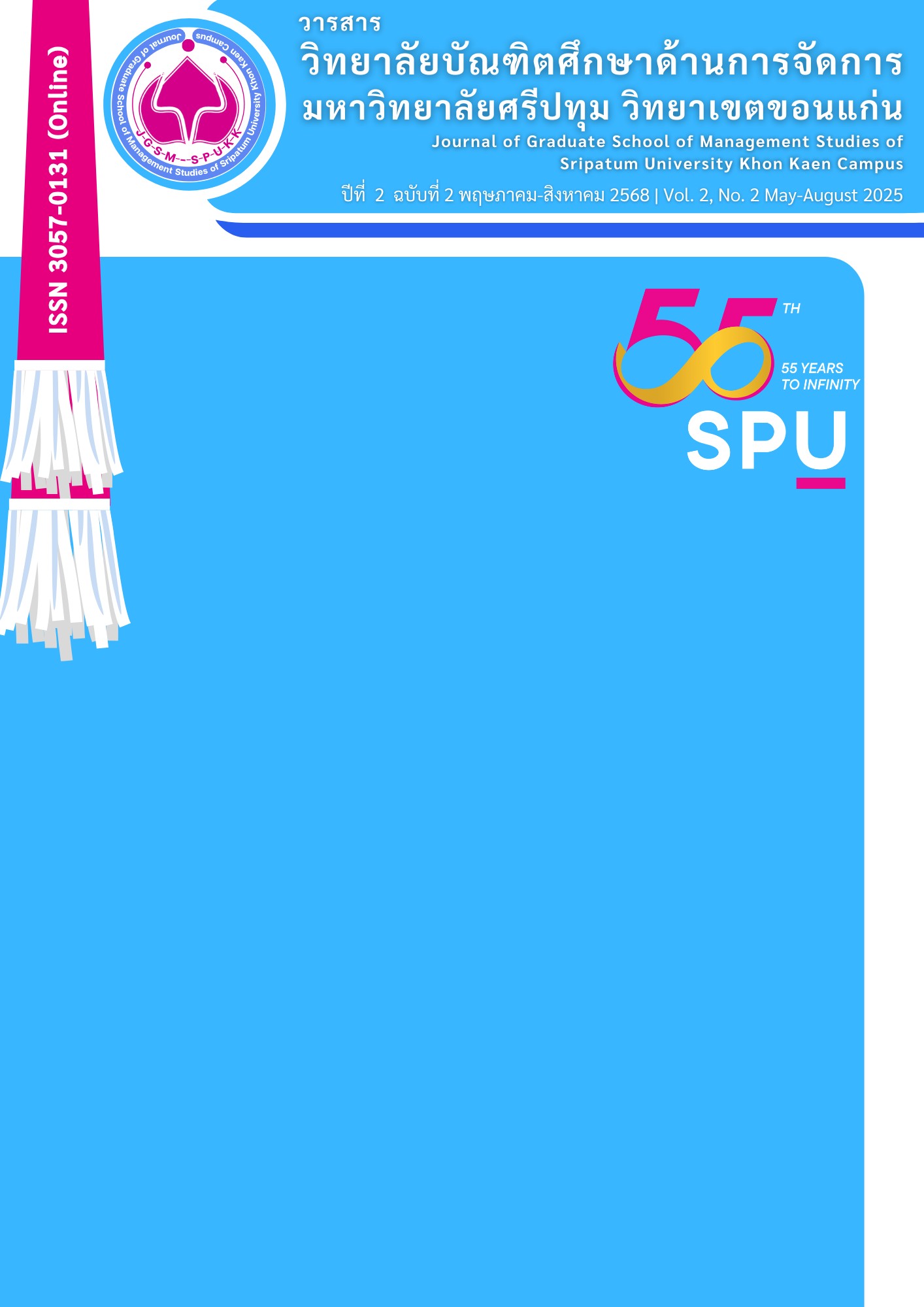Teaching Chinese using Total Physical Response (TPR)
Keywords:
Chinese language teaching, Total Physical Response (TPR)Abstract
Total Physical Response (TPR) is a teaching methodology designed to enhance learners' listening and pronunciation skills. By focusing on enjoyable experiences, TPR fosters a positive learning environment for second language acquisition, particularly Chinese. Through the use of various commands, learners are introduced to vocabulary in a communicative context, mirroring natural language acquisition processes similar to those experienced during first language acquisition. This approach emphasizes listening comprehension, as it is believed that strong listening skills are foundational to developing speaking abilities. The teacher starts by giving commands to the students to follow through gestures, and the students repeat the previously learned sentences for their friends to follow. TPR can be implemented in a variety of ways, such as using body movements, objects, pictures, storytelling, drawing, and real-world settings. The method typically involves five stages: demonstration, hesitation, testing, novelty, and role-reversal. These stages work collaboratively to develop learners' listening and speaking skills in Chinese, ultimately improving their overall communicative competence and real-world language use.





